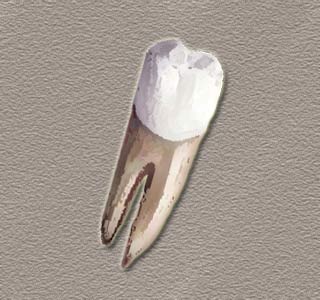
Now a newly conducted study has noted that most of the bone remodeling may take place during the time between implant placement and the final prosthesis placement. This study was conducted by the investigators from the University of Texas Health Science Center, San Antonio.
For this purpose almost 600 dental implants placed in more than 190 patients were assessed. All these patients were said to be above the age of 18. They were all seemingly screened for bone volume and satisfactory oral hygiene. These patients were believed to have adequate native bone to surround the dental implant without disrupting the host tissue.
Dr. David Cochran, DDS, PhD, President of the American Academy of Periodontology, and Chair of the Department of Periodontics, University of Texas Health Science Center, San Antonio, says that, “As a periodontist, I am committed to saving my patients’ natural dentition whenever possible. However, the results of this study help further indicate that a dental implant is an effective and dependable tooth replacement option. Since the patient’s host tissue surrounding the dental implant largely remains unchanged in the five years following placement, the dental team can now focus on periodic assessment and treatment of other areas in the mouth as needed, and know that the implant is doing its job as a viable substitute solution.â€
Seemingly the obtained results indicated that the factors which resulted in immediate healing of the area around the implants may vary from the factors which affect later marginal bone remodeling.
These findings were reported in the Journal of Periodontology.
